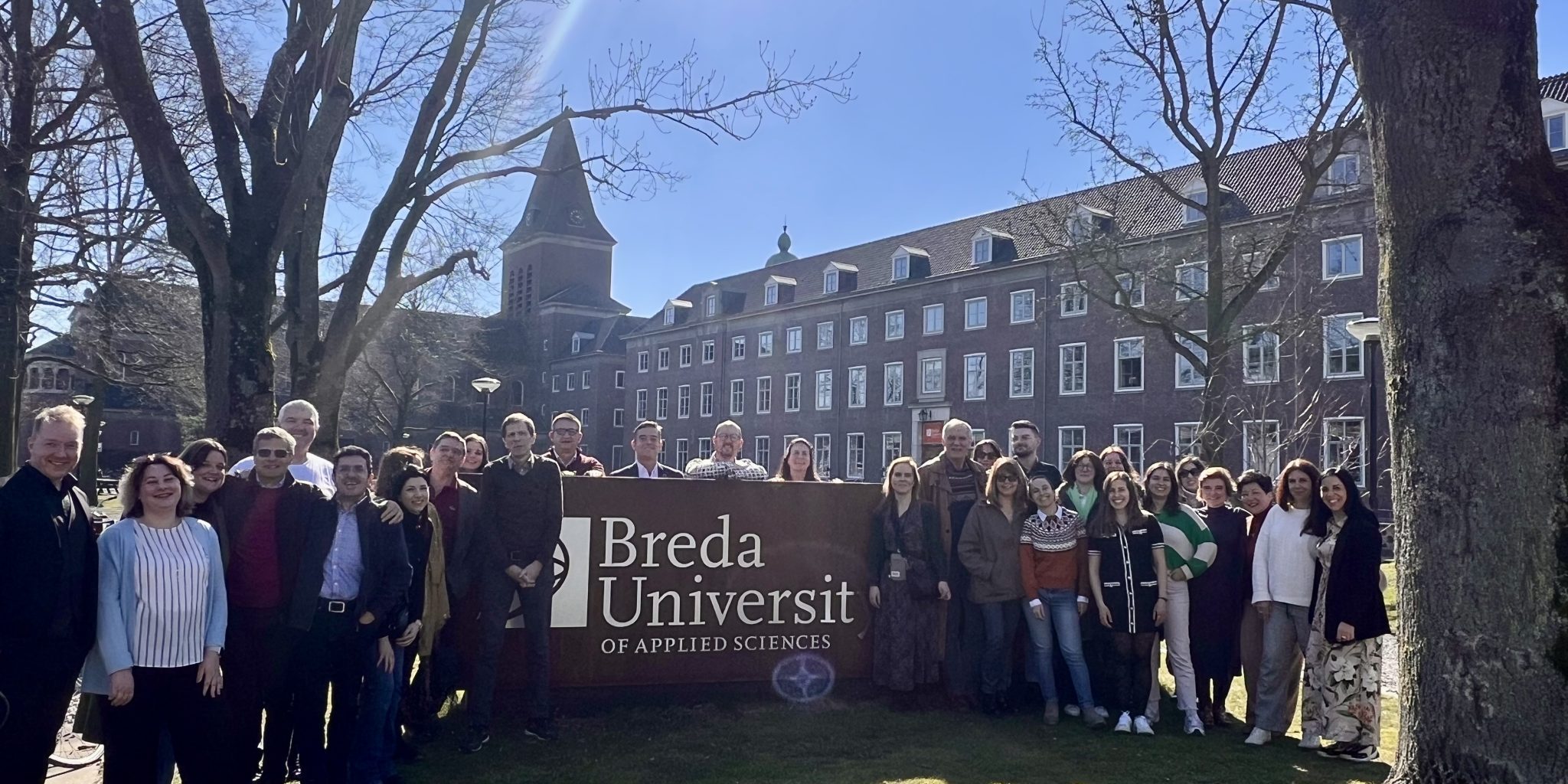Developing: Tourism in the Face of Challenges – PANTOUR Builds a More Sustainable Future
The tourism industry is accustomed to living in constant change. Some changes come from external factors (such as pandemics, health crises, wars and conflicts, and shifts in people’s values), while others are internal to the industry itself. For example, maintaining a destination’s attractiveness is as important as ensuring its retention power; destinations must attract new visitors without forgetting existing customers. Therefore, continuous development is a way to keep a tourism destination vibrant.
The industry’s challenges are further amplified by negative publicity and discussion — especially, if based on real problems.

So what threatens tourism?
Case: Overtourism
Alongside the challenges mentioned above, one of the key issues affecting the tourism industry is so-called overtourism. It refers to a situation where the number of tourists exceeds an area’s tolerance — in terms of the environment, local residents, and infrastructure. The problem can be seen in many Central European destinations, but has also been discussed in connection with Rovaniemi in Finland.
Overtourism leads to the overburdening of natural and cultural heritage sites, rising prices and housing pressure, as well as congestion and disturbances that reduce the quality of life for both residents and visitors. Finally, the danger is that the authenticity of a place fades as it quickly adapts to mass tourism.
What is being developed?
Increasing understanding, education, and the guidance of tourism activities play a key role in finding a sustainable balance between local life and tourism. Sustainable development, digitalisation, and the availability and continuous training of skilled labour. The international PANTOUR project (Pact for Next Tourism Generation Skills), coordinated by the Tourism Development Centre at SAMK, develops solutions to the skills gaps in the tourism sector and supports cooperation between education and working life.
PANTOUR continues the work of the Next Tourism Generation Skills Alliance (NTG), which initiated European-level skills collaboration in tourism. The project includes 14 partner organisations from across Europe. One key finding is that the demand for green skills and sustainable solutions is growing faster than any other skill area in tourism.
The project is funded by the European Commission through the Erasmus+ programme and involves a wide range of tourism education and development organisations from different parts of Europe. SAMK represents Finland in the project.
What solutions does PANTOUR develop to address overtourism?
PANTOUR is an excellent example of a project whose results can be applied to various challenges within the tourism sector. By providing free educational materials widely to the entire industry (including educational institutions, companies, organisations, and associations), the project helps collectively increase awareness of the industry’s challenges and solutions. The project’s key outputs include: Sectoral Skills Intelligence Monitoring System – a toolkit of research and assessment methods for identifying skills gaps and future needs in the tourism sector, Country / Skills Profile Reports – including Best Practices on how skills can be developed through reskilling and upskilling, Resource Book for Trainers – teaching and training materials for developing new skills and Tourism Skills Lab – a digital tool designed to test and strengthen individual competencies.
Did you know this?
Key solutions to overtourism include:
- Strengthening local decision-making and ownership. Residents participate in providing services and benefit from tourism. Broad collaboration fosters local critical discussion and shared responsibility for the environment.
- Managing and limiting visitor numbers through measures such as season-based management, visitor quotas, or entrance fees. Fees help guide visitor flows and generate funds for site maintenance. Data and artificial intelligence can support informed decision-making.
- Responsible tourist communication. Visitors are encouraged to make conscious choices: travel lightly, respect local customs, and choose sustainable services. Campaigns such as “Travel like a local” or “Respect the destination” promote understanding of shared values and behavioural guidelines.
